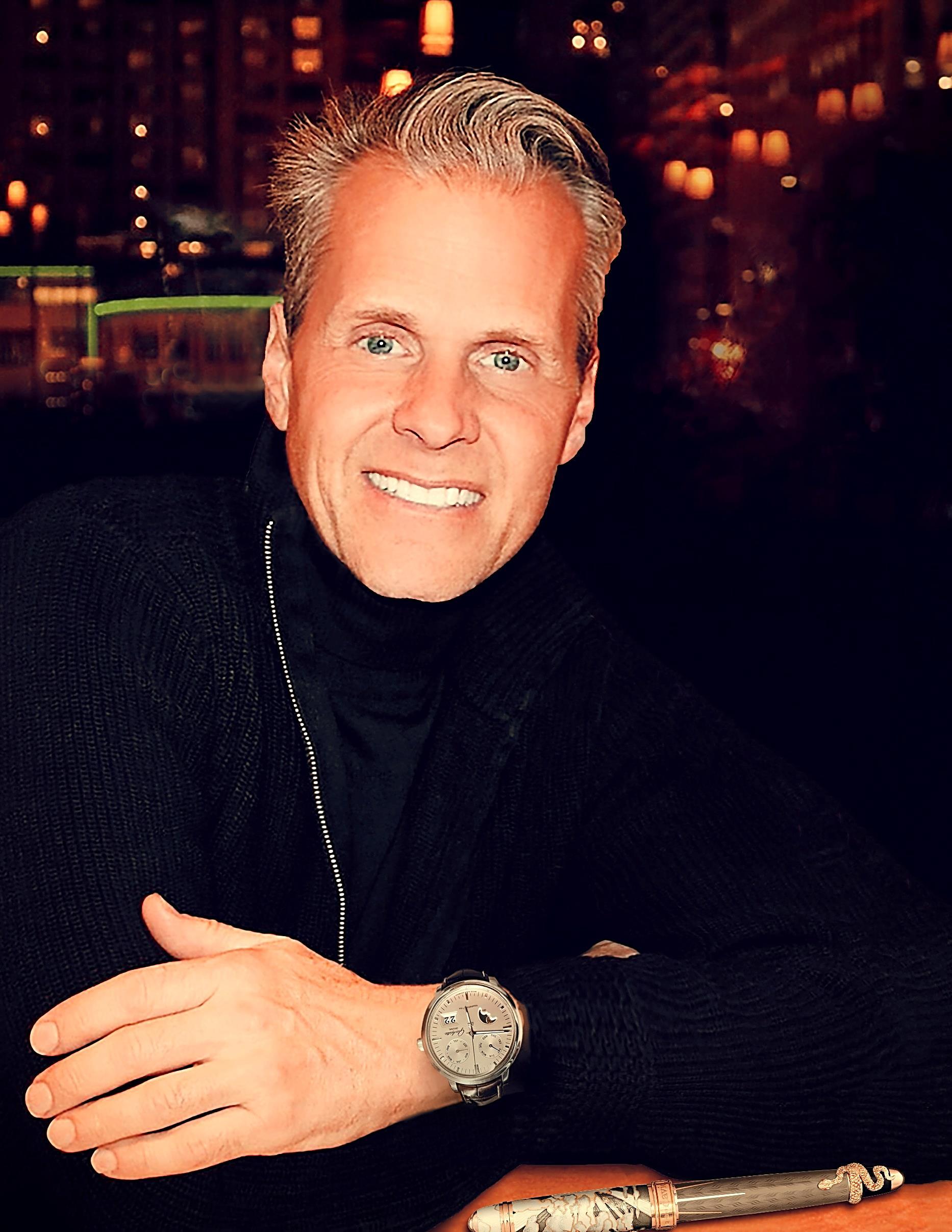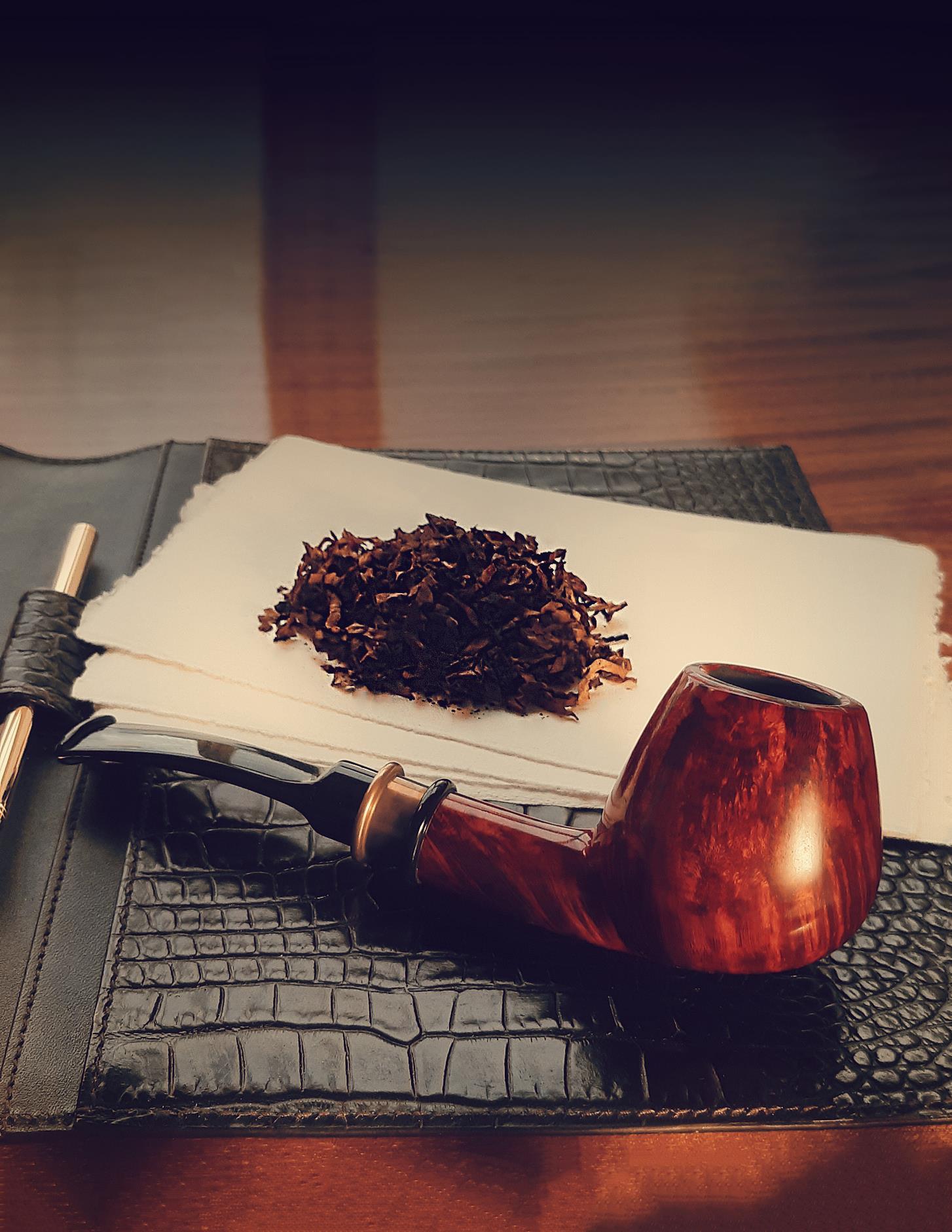
9 minute read
G U I D O TERRENI IN CONVERSATION
THE CIRCLE magazine’s Editor-in-Chief sits down with the legendary Guido Terreni, CEO of Parmigiani Fleurier, totalkaboutthe brand he is revitalizing and the language of luxury
You have spoken about ‘private luxury’, can you share with us the private luxury model, as you are applying it to Parmigiani Fleurier?
Advertisement
Of course, that’s the reason for which I joined the brand. Because I think we are living in an interesting time in luxury. Over all, there is a homologation in the tastes, if you go mainstream It is similar to what happened to cars in the 1950’ s, a lot of brands shrank and everyone began buying the usual suspects. And this trend of going more mainstream has naturally developed a counter trend of personal choices. That’s why the independent brands, not only in watchmaking but in other categories as well, are enjoying a great momentum – if they know what they stand for. The reason to be must be clear. But, you are dealing with a public which is narrow, because you are trying to be deeper, and you are trying to be more profound. You must also have the prestige Parmigiani is a very prestigious brand, because Michel Parmigiani, the founder, is a living legend of restoration. But, the interesting thing with Michel is that this huge knowledge that he has is coupled with an absence of ego, because, when you are restoring you have to give birth a second time to someone else’s work. So, you have all that knowledge, but you have to disappear in your work, which is something quite breathtaking. It’s not natural. So that’s where the understatement of the brand comes from.
What we have done since my arrival in 2021 is to define these values in a timepiece of today. This goes with society, because society is also about evolving. You cannot be stuck in what you used to be, but you have to keep the same values that you had before. That’s the reason for which I took the logo ‘Parmigiani Fleurier’ off the dial, because that’s an ostentatious part of the watch. Everybody knows what they bought, you don’t have to write it. There are ways to convey the brand that are more subtle. This dial that we have designed is a style that is not ostentatious, because of the values of the brand, but it is extremely rich in details. Like the guilloché It is an old-fashioned technique, it’ s something that goes back to the 19th century. So we actualized it, we made it contemporary by miniaturizing it and making it become a texture. And even the choice of the colours, we never use flashy colours. We use colours that are subtle, not obvious, but that are inspired by a palette of colours that Swiss architect le Corbusier studied in 1931. He applied it to homes, because when you live in your home the colours of your house impact your mood. There are exciting colours like red, and there are more discrete, relaxing colours that can be toned down. So, his palette of colours is very much what we think a palette should be. Of course, wedon’tcopythecolours,butwehavethemactualized in a taste that is peculiar to today. Even this tone of blue has some grey in it (showing his Tonda PF GMT Rattrapante)
This touches on something you refer to as ‘sartorial elements’. What have you drawn from the sartorial world, and how do you translate these elements into the language of watch design?
First of all, when I’m talking about ‘sartorial’ it is a word that summarizes an attention to details that is not for everyone. You have to be educated to that. It’s knowing the difference between an aprêt-à-porter and a tailor-made suite. When you look at a suit and then you touch it, you have an even higher pleasure, it’s a sensorial experience. And there are different elements that you can look at, on the watch. First is comfort. How do you design a comfortable watch? First of all, the case, the weight has to stay on the wrist. It shouldn’t move around. So, all our watches have an indentation on the case back that puts distance between your wrist and the crown and lugs, so your skin is touching the glass. So, the weight of the case is taken by the glass – like a suit on the shoulders. Then the bracelet Why am I obsessed with flexible bracelets? If a bracelet is not able to do this (folding the bracelet over) and it’s designed by a designer for an average wrist, there is always a moment when your bracelet has to do this (folding the bracelet over) when you are wearing it – because you move, you interact with the watch. So, this is another element. There is the level of finishing. Look at the brushing. You almost don’t see the brushing it is so light that you don’t see the lines. It’s almost like a silky effect.
In terms of the guilloché, this is a technique that gives us a texture on the dial. Everybody wants a plain dial, today. But plain can be dull. So, how can you do something plain but have that touch, that finishing of something rich? Like when you touch the fabric of your suit and find out that its 170 grams. It’s by doing it almost invisibly. From a distance it seems almost like a simple, plain dial, but it’s not.
Then, the bezel is in platinum. Why platinum, not steel? You don’t see it. But you do see it. It’s slightly whiter, it’s softer when you polish it by hand, and you don’t have that edginess of the steel And so, the knurled bezel is more pleasurable to touch When it is in steel, it is a bit more abrasive.
Some of these elements are more like elements of jewellery making. How have you drawn from your time at Bvlgary, and how has jewellery making influenced your approach to watchmaking?
I will tell you something that is probably not very well known, but the details of watchmaking are much more difficult than those of jewellery making. I mean, the level of attention to detail that you have in watchmaking is something you do not have in jewellery I shouldn’t be saying this, because I don’t like to look down on something, but the precision of what a case has to be, what a bracelet has to be, on a jewel the tolerances are much, much wider. Remember, when I was at Bvlgari, we used a technique of putting jewellery on the case of a certain watch It was a nightmare, because the specs that we asked for as the watchmaking division were very severe for the jeweller’s way of doing things. When you’re using the lost wax process, you cannot be precise at 2 or 3 microns, which is the tolerance of a watchmaker. But what you are highlighting is how an object stays on you. If you think of a necklace, the necklace has to drop from gravity, so the way that you build a necklace has to be flexible. If you look at pocket watches from history, they had a chain that had to be extremely soft.
Moving from the case to the movement design, some of the top watchmakers in the world, like F.P. Journe and A. Lange & Söhne, have differentiated themselves by their movement design. Likewise, the real collectors are not just going for market value, they are seeking an artistic touch that they cannot get from any other watchmaker. It appears you are do this at Parmigiani Fleurier, with the introduction of your split-second movement, in particular. Does this signal the future of Parmigiani Fleurier movement design? Is this a design language you are planning to evolve in more of your lineup? polishing all around this case, and you have this element here, this millimetre which is polished, and this is brushed and this is brushed (indicating either side), this means that this lug has to be manufactured separately from the body and has to then be attached afterwards. This operation costs as much as the steel case of a very important brand. Just this operation. So, these are things you don’t notice, but the client who does, does notice it.
I think it is a very important element of the prestige of the brand And for sure, movements, the way you decorate movements and the materials that you use, provide a phenomenal opportunity for a brand like this to go in that direction.
The purity of the idea is at the beginning of everything. If my idea is pure, then my execution will be pure, and the pleasure will be pure. And my client will be truly in love with what we are doing.
It's like your seal, your logo, the fact that it was used for government purposes gives it a gravitas that you don’t have to explain to people But there is an impression. There is an impression of that original purpose that goes with it, like a coat of arms.
Exactly. But, before it was hidden, it was on the oscillating mass, it was on the crown, you didn’t see it. By putting it in a protagonist position at twelve o’clock, that is a statement of brand identity. That tension you have in the lines of the case, this chamfer that you have on the lug, you don’t even see it. But, it’s a degressive chamfer that starts wider and goes thinner up to here (indicating the movement of the line toward the case). It’s soft when you touch it. It costs money to do that. If you go and do the
Even more than complications, the beauty of a movement and the uniqueness of the design draw people into a brand – which ties into the ‘private luxury’ model. This model tends to have an outer court, which draws new clients, and an inner court or inner sanctum, that rewards collectors with something unique. What will the inner sanctum of the Parmigiani Fleurier model line-up be, in the future?
You talk about exclusivity, but to me exclusivity is not enough. It’s even more than exclusivity, it’s exclusivity with an education. Because, anyone can do a unique piece. I have only one, and you have the rich guy who comes and buys it. Anyone can spend five million on one watch full of diamonds. That’s not luxury to me. To me, luxury is not about the ostentation. Luxury is not about how much money I have, that’s vulgar. To me luxury is about excellence, it’s about evolving excellence. And evolving excellence with taste is something that you need an educated customer to understand. That’s why I say it’s private, because we are not about red carpets, we are not about the showy way of doing things. True luxury is private.
If you think of Eyes Wide Shut, everybody wanted to be in that party – apart from what was happening at that party, which is another story. But it is something so discrete that it is almost invisible.
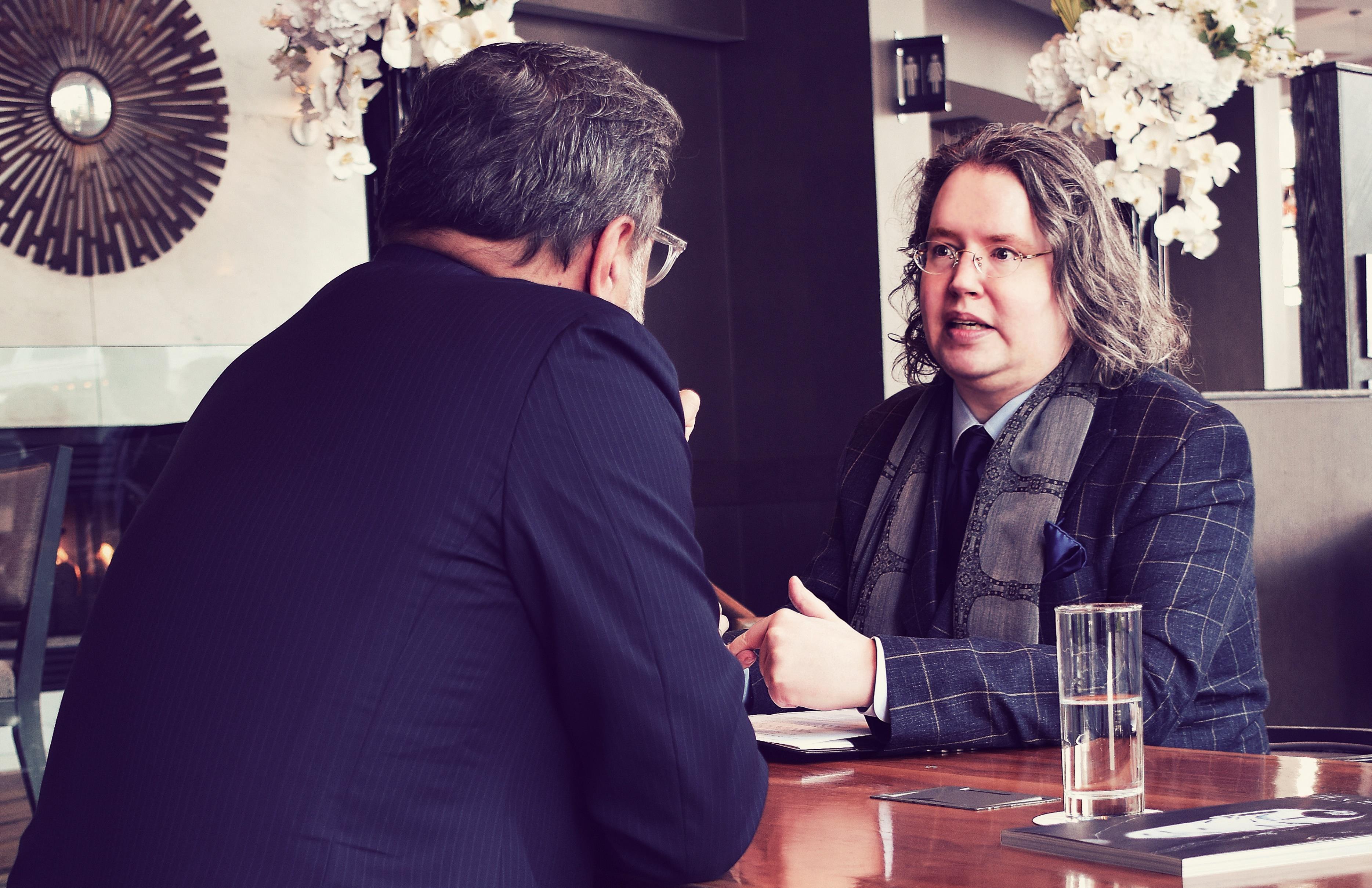
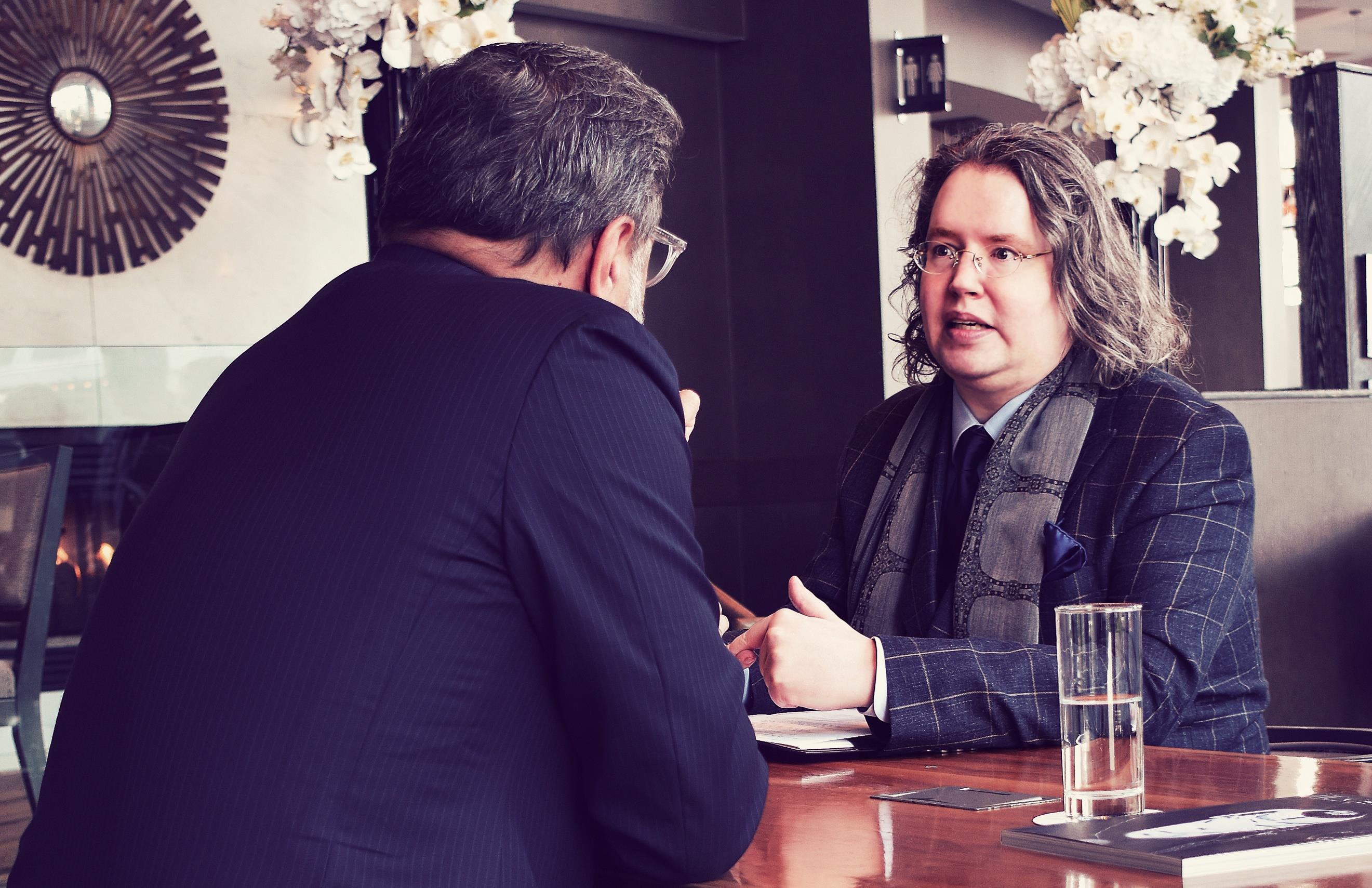
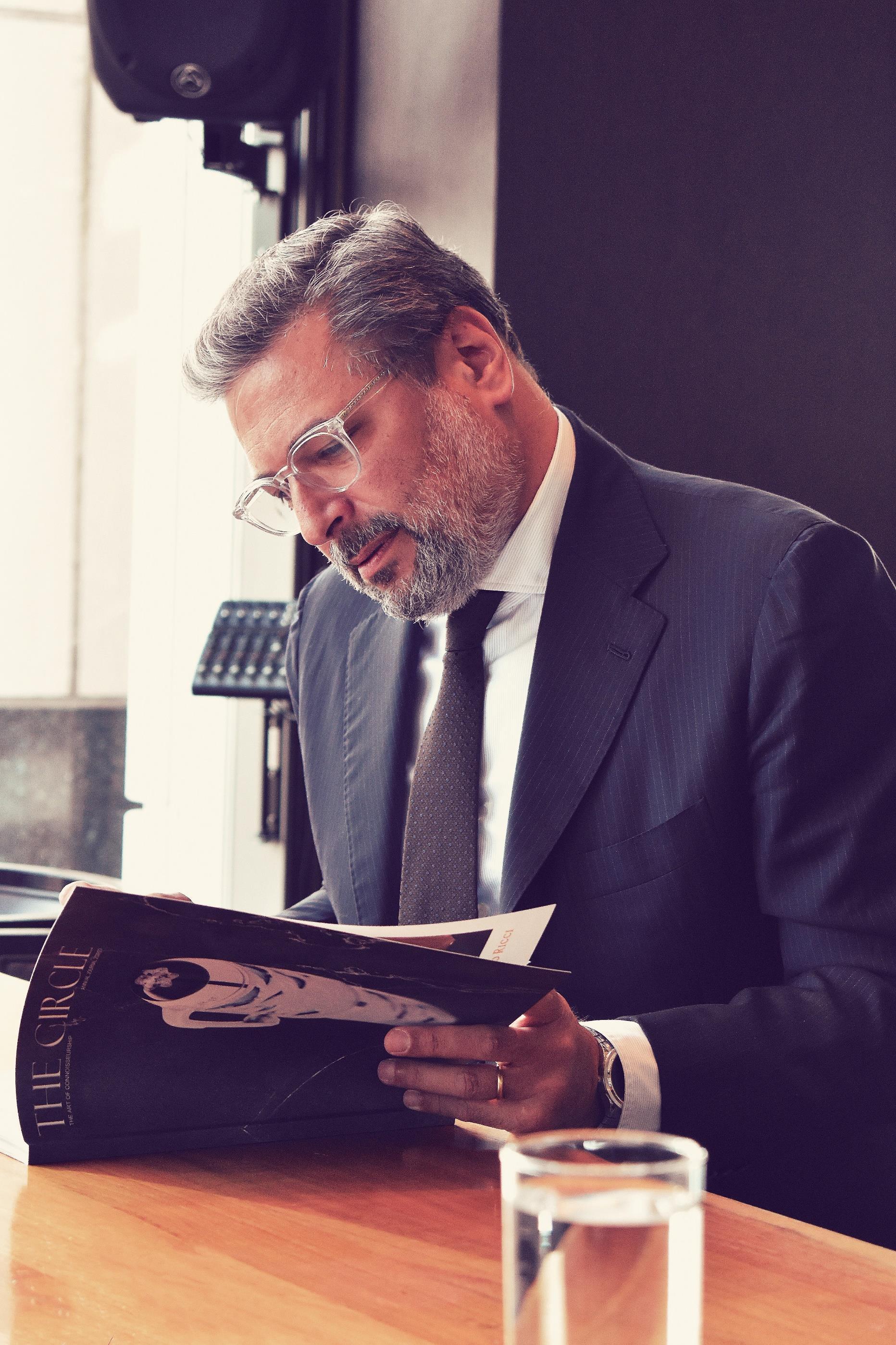
And that becomes an expression which is for people who can access that level of sensitivity. That’s why I always say that our customers do not care about what people think about what they are wearing. But it’s not really true, because you do care. If someone recognizes that you have a Parmigiani on your wrist, you are friends. You start talking about watchmaking on another level. So, you do care – but not about everybody, about an inner circle of people who have that style and that sensitivity.
I was introduced to Parmigiani Fleurier through Robb Report in the 1990’s, when you started. In those days it was the Kalpa, with those beautiful, sculpted lugs. So, I would like to ask, what is the future of the Kalpa, and are you planning to make it the crown jewel it once was?
That’s thebig question that we haveinfront of us, as a discussion within the brand. And I think that what the brand needed was a star collection that would redefine what the brand is today, and that was the Tonda PF. You cannot do things too quickly in watchmaking, because it’s not a frequent purchase, and the public needs to understand what you are doing. If you do too many things too quickly you create confusion, so we have to have the discipline to work within the time that is appropriate We have also the Toric, which is a beautiful, classic watch, that is round with a knurled bezel. It is a little old fashioned, so we can work on that. The Toric and Kalpa are two patrimonies of the brand that for sure we can evolve, but we cannot do everything at the same time. So, it will probably take years before you will see a new Kalpa.

Speaking of the Toric, you seem to have a royal client in H.M. King Charles III, who has brought this model recent notoriety Do you have a connection to him, as a brand?
He bought the watch at Klosters in the early 2000’s, so he is a client of the brand for many years. He serviced the watch two years ago. Our clients don’t buy a watch because a celebrity is under contract with a brand, nobody believes in that story at this level of knowledge and luxury. So, to me, King Charles is a client of the brand, and that’s who we serve.
For those interested in exploring Parmigiani Fleurier timepieces, we recommend Palladio Jewellers , as an authorized retailer offering an exceptional client care experience. Use the QR code to discover the co-branded “Palladio Edition” Tonda GT limited edition, celebrating the 25th Anniversary of Vancouver’s landmark boutique Tel: 1 604.685 3885
